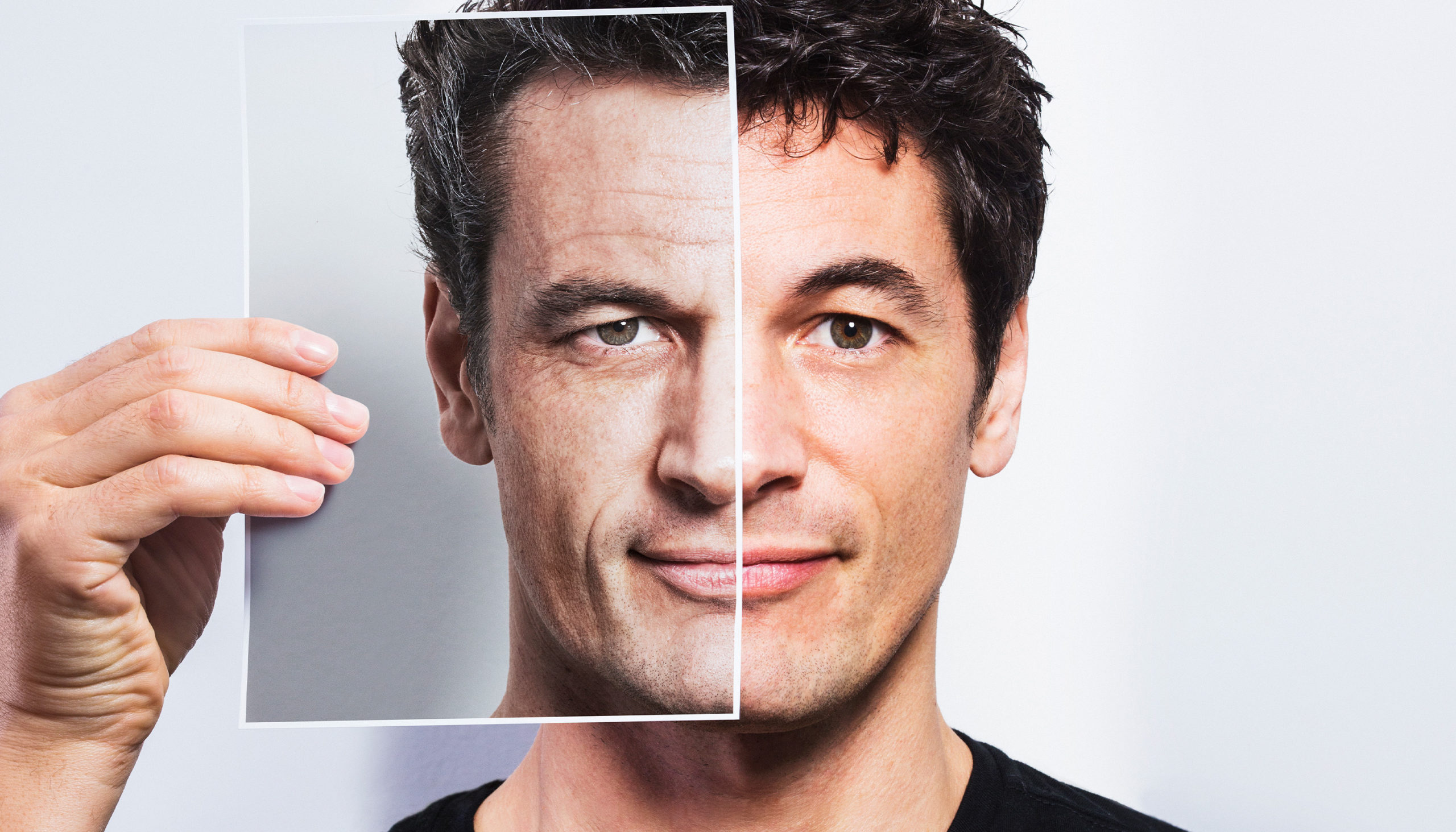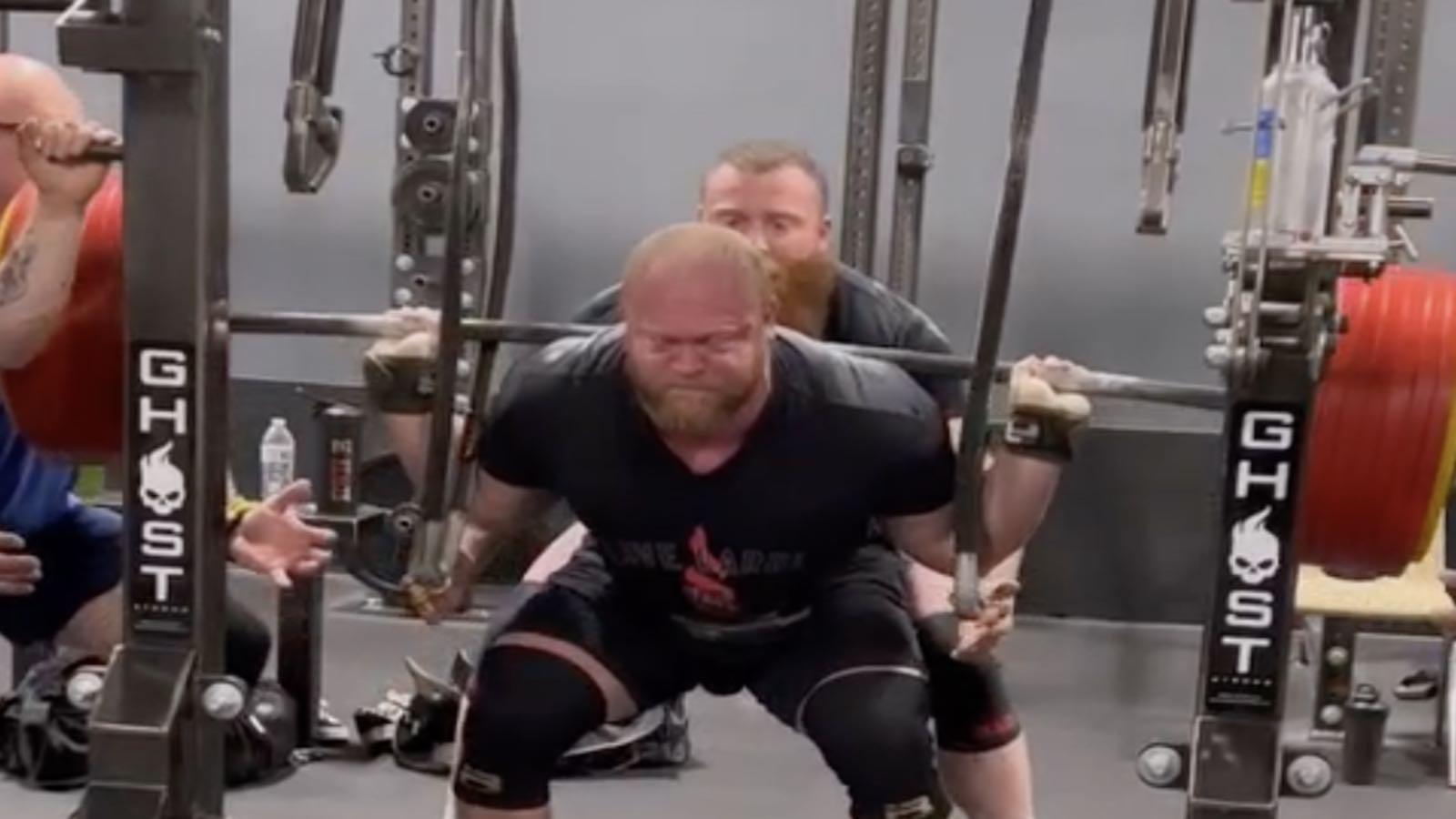
According to the American Academy of Facial Plastic and Reconstructive Surgery, men account for about 15 percent of facelift patients. In 2019, an American Society of Plastic Surgeons report noted a 29 percent jump in male plastic surgery since 2000. For the men seeking facial rejuvenation, the focus of these procedures may be a little different than for women. “All facelift and necklift patients want to look rejuvenated and more attractive; however, the facial features that convey that aesthetic differ between the sexes,” says Miami, FL plastic surgeon Paul Afrooz, MD.
Structural Differences
One important distinction lies in skin and muscle thickness and bone density notes Dr. Afrooz. “Muscle and connective tissue in the female face tends to be thinner than in males, so it’s slightly easier to manipulate during surgery,” explains the surgeon. “Men tend to have more fibrous fat, thicker skin, and denser bone structure, which requires a more nuanced approach to prevent a pulled or overly contoured appearance.”
Strengthening the Jawline
When approaching the male face, surgeons say a major focus is on emphasizing masculine features like strengthening the chin and jawline and tightening the neck. “A lot of the facelift techniques are designed to feminize the face,” explains Delray Beach, FL facial plastic surgeon Miguel Mascaro, MD. “It’s important to consider the mid-face and lower jawline on a man because that will determine the vector of lift.”
New York facial plastic surgeon Konstantin Vasyukevich, MD says the neck is one area where he has a different surgical approach for men versus women. When working on a women’s neck, too much contouring can emphasize the larynx. “When tightening a male neck, I can take more fat because I don’t have to worry about emphasizing an Adam’s apple,” says the surgeon.
“Women tend to want to restore a softer, oval shape and focus on elevating the midface and brow to highlight the eyes,” says Dr. Afrooz. “Men are often most focused on removing jowling to create a strong and chiseled jawline.”
Cheek to Cheek
The cheeks are another element that is important for preserving masculine features, as male and female cheeks are distinctively different says Dr. Vasyukevich. “Women have more fullness up front at the anterior part of the cheek than males. Male cheeks are much flatter in the front and less prominent,” he explains. Creating too round or too full of a cheek can feminize the face. “When you’re repositioning the skin and muscle, that relationship has to be preserved or you can give your male patient a cheek that looks too full up front,” he says.
Incisions and Facial Hair
Northbrook, IL plastic surgeon Michael A. Epstein, MD says that men typically don’t have longer hair that can obscure their facelift scars, which is a factor he keeps in mind. They also have facial hair to contend with. “The whole planning of the procedure has to be different for all those reasons,” he says. “I place the incision more in front of the ear to preserve some of the non hair-bearing skin.”
Dr. Afrooz says he leaves it up to the patient: “I can shift their beard growth slightly closer to the ear, called the tragus, or make the incision in front of it. It’s a trade-off between having a slightly more visible incision in front of the ear, or subtly shifting the beard a bit.”
According to Dr. Mascaro, more men coming in for facial procedures is good news, as historically they’ve been known to ignore aging changes. “Men only start noticing it when they get a turkey neck, when the definition is fully gone.” Earlier intervention turns back the clock sooner and that’s always a good thing.
Find a Doctor
Find a NewBeauty “Top Beauty Doctor” Near you






